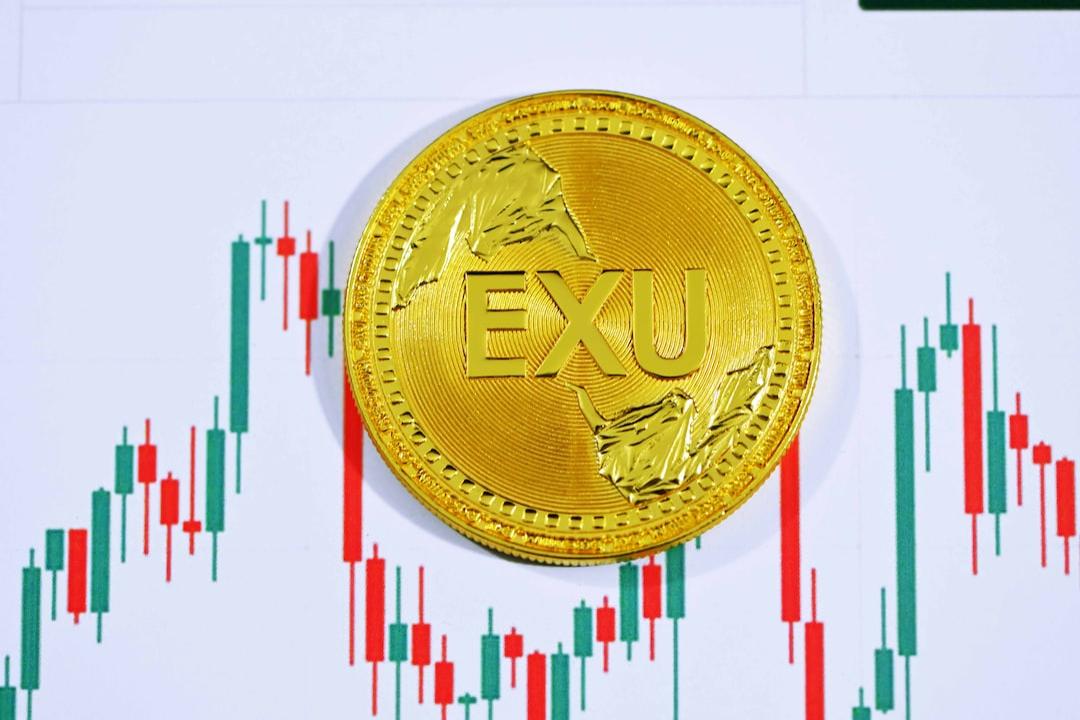The Bitcoin price could face bearish pressure in the near future due to a slowdown in inflows to spot Bitcoin exchange-traded funds (ETFs) and a high volume of unrealized gains from traders. Julio Moreno, head of research at CryptoQuant, stated that the increase in selling pressure is driven by unrealized profits from Bitcoin’s recent rally. If the inflows to spot Bitcoin ETFs continue to slow down in the coming months, it could further impact the price of Bitcoin negatively.
CryptoQuant’s net unrealized profit and loss (NUPL) indicator supports this analysis. The indicator’s warning sign is when it reaches the 0.7 mark, suggesting that Bitcoin investors might be ready to take profits, resulting in a further decrease in prices and an increase in selling pressure. On March 17, the NUPL indicator stood at 0.606, indicating a potential bearish outlook despite recent price corrections.
The Bitcoin ETFs experienced one of their lowest net inflow days on March 14, with only $132 million in net activity, marking an 80% decline from the previous days and the lowest level in eight trading sessions. However, the potential downward trend may not be as severe as previous bear markets, as institutional investors typically engage in portfolio rebalancing strategies, which could help reduce volatility instead of exacerbating it. James Butterfill, head of research at CoinShares, believes that the current volatility of 45% is significantly lower compared to the 120% volatility seen in the last bull market in 2021, indicating the dampening effect of portfolio rebalancing.
Bitcoin ETFs have been in high demand, surpassing the cumulative net inflows of $12 billion on March 15. Industry experts anticipate further demand as brokerage firms expedite due diligence to offer clients Bitcoin ETFs.
Meanwhile, Bitcoin miners are preparing for the impact of the upcoming halving event, which will reduce the reward for mining new blocks by 50%. This will decrease the rate at which new Bitcoins are generated, potentially affecting the price. However, the capital flowing through Bitcoin ETFs is counteracting the negative price effects of miners’ sales ahead of the halving. The cost of mining is expected to remain the same or even increase as miners strive to maintain profitability. CoinShares predicts that the average cost of production post-halving for crypto miners will be around $37,856.
Historically, miners have sold more of their Bitcoin reserves before the halving to maximize profits, and this year is no exception. Data from CryptoQuant shows that miner reserves are at their lowest level in two years, with miners holding 1.81 million Bitcoin as of March 15.
The Bitcoin halving occurs every four years, and the next one is expected to take place around April 19, 2024.

